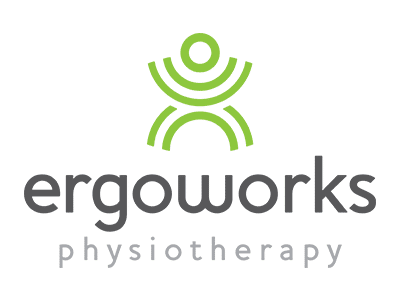Why Is Ergonomics Important While Working From Home?

Ergonomics is the study of how people interact with their environment, specifically in relation to their work. It involves designing equipment, tools, and workspaces that are safe, efficient, and comfortable for people to use. Ergonomic principles aim to minimise the risk of injury, increase productivity, and improve overall well-being.
Working from home presents unique challenges when it comes to ergonomics. Unlike traditional office environments, home offices are often makeshift and lack proper ergonomic equipment. This can lead to a number of physical issues, including:
- Back, neck, and shoulder pain
- Carpal tunnel syndrome
- Eye strain and headaches
- Fatigue and decreased productivity
By practising good ergonomics, you can reduce the risk of these issues and improve your overall well-being.
Common Ergonomic Issues While Working From Home
Below are some of the most common ergonomic issues experienced whilst working from home, as well as some tips on how to address these issues:
Poor Posture
Poor posture is one of the most common ergonomic issues when working from home. Sitting for extended periods of time in a hunched or awkward position can lead to back, neck, and shoulder pain. To improve your posture, sit with your feet flat on the ground and your back straight, with a slight curve in the lower back. Consider using a lumbar support pillow to provide additional support for your lower back.
Improper Desk Setup
Another common ergonomic issue is improper desk setup. When your desk is too high or too low, it can lead to discomfort in your neck, shoulders, and arms. Your desk should be at a height that allows your forearms to be parallel to the ground when you are typing. Consider using a desk riser or an adjustable desk to achieve the proper height for you.
Inadequate Lighting
Poor lighting can cause eye strain and headaches. Your workspace should be well-lit, preferably with natural light. If natural light is not available, use a desk lamp with a bright, adjustable bulb.
Lack of Movement
Sitting for extended periods of time can lead to fatigue and decreased productivity. It is important to take regular breaks throughout the day to stretch, relax your eyes, and move around. Consider setting an alarm to remind you to take breaks every hour.
How to Optimise Your Home Office for Ergonomics
Now that we have discussed the importance of ergonomics while working from home, let’s look at some ways to optimise your home office for ergonomics:
Choose the Right Chair
When considering ergonomics, your chair is one of the most important pieces of equipment. Choose a chair that provides proper lumbar support and can be adjusted for height and tilt. Your feet should be flat on the ground, and your thighs should be parallel to the ground. Armrests can also provide support for your arms and shoulders, when set at the correct height.
Position Your Keyboard and Mouse Correctly
Your keyboard and mouse should be positioned so that your wrists are straight and your elbows are close to your sides. Your keyboard should be at a height that allows your shoulders to be relaxed. Consider using a keyboard tray or a laptop stand to achieve the proper height.
Adjust Your Monitor Height
Your monitor should be at a height that allows you to look straight ahead with your neck in a neutral position. The top of your monitor should be approximately at eye level or just below, allowing your gaze to fall comfortably on the content of your screen. Consider using a monitor stand or a stack of books to achieve the proper height.
Use Proper Lighting
As mentioned earlier, your workspace should be well-lit. Avoid glare on your screen by positioning your monitor so that it is perpendicular to windows or other sources of light. Use a desk lamp with a bright, adjustable bulb to provide additional lighting if necessary.
Take Breaks
Remember to take regular breaks throughout the day to stretch and move around. Set an alarm to remind yourself to take breaks every hour, and build it into your routine. Stand up, stretch, and walk around for a few minutes to increase circulation and reduce fatigue.
Ergonomics is an important consideration when working from home. Poor ergonomics can lead to physical discomfort and decreased productivity. By following the tips outlined in this article, you can optimise your home office for ergonomics and reduce the risk of injury.


